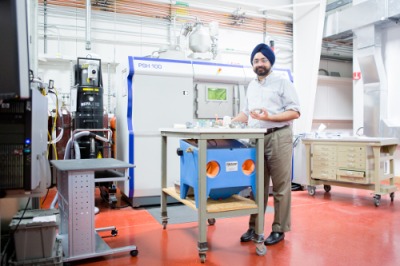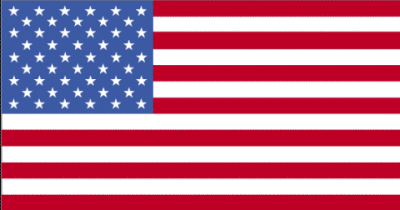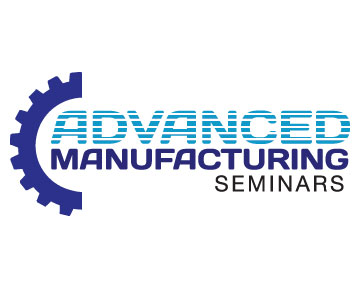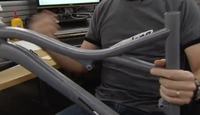Sometimes technological developments are born out of necessity—you have a need, you fill it. But other times technological developments trigger new needs and ideas altogether.
Read More
Sometimes technological developments are born out of necessity—you have a need, you fill it. But other times technological developments trigger new needs and ideas altogether.
Read MoreA startup company hopes to simplify connecting with and selecting a 3D printing service provider for industrial parts.
Read MoreFor some time now we’ve been hearing rumors of a mysterious “wood machine” from a mysterious company called “4 AXYZ”. Now we know a lot more about it.
Read MoreWe ran across a new product that apparently would not have happened were it not for the availability of 3D printing technology.
Read MoreA surprise announcement from ORNL and Cincinnati Incorporated hopes to revolutionize 3D printed manufacturing. But how?
Read MoreThe science of 3D printing was conceived some 30 years ago with intentions of becoming a new form of manufacturing. By 2014, that’s clearly happened. But after attending the opening event of NYC’s first 3D Printshow last night, we have another thought.
Read More
It is in manufacturing where 3D printing can make the greatest impact. In speeding up company’s product development, letting them do more iterations and letting them do shorter run parts it can speed up their business as a whole. It is in manufacturing where serious money will be made either by vendors or companies that outcompete by using 3D printing in their supply chain.


 I’m guilty of conceiving elaborate plans and trying to make them perfect from the start. Seeing this, my father once said to me, “Son, you have to knock off a few gas stations on the way to the perfect crime.” What he tried to instill in me is that you have to be moving forward, making progress, while planning something big.
I’m guilty of conceiving elaborate plans and trying to make them perfect from the start. Seeing this, my father once said to me, “Son, you have to knock off a few gas stations on the way to the perfect crime.” What he tried to instill in me is that you have to be moving forward, making progress, while planning something big. An interesting piece in the Houston Business Journal written by Molly Ryan contemplates the effect of 3D printing on the city of Houston's manufacturing sector.
An interesting piece in the Houston Business Journal written by Molly Ryan contemplates the effect of 3D printing on the city of Houston's manufacturing sector.  We know the vision: consumer owns an advanced 3D printer. They buy 3D designs online and print out their desired objects onsite within moments. Ta da!
We know the vision: consumer owns an advanced 3D printer. They buy 3D designs online and print out their desired objects onsite within moments. Ta da!Such manufacturing is being enabled by the long march of technology. And it surely worries China. While economic historians remind us of the importance of the twin innovations of free markets and financial structures, both those factors pale against the power of technology to create productivity, and thus the wealth of the world.If the future factory is a machine born of emerging technologies and requires de minimus labor, on average such factories will be located preferentially where the skills and culture exist to invent and implement. And, on average, you’d put such factories close to demand.
 Something struck us the other day when thinking about the variety of 3D printing approaches. Traditional manufacturing is typically "subtractive", in that you take a large chunk of material, say a granite cube, length of wood or a 17 tonne cube of solid titanium and go at it with tools, manual or automated. When the smoke clears, material has been "subtracted" from the original object to "reveal" the final item. Interestingly, Michelangelo believed every stone had a sculpture hidden within it echoing this process.
Something struck us the other day when thinking about the variety of 3D printing approaches. Traditional manufacturing is typically "subtractive", in that you take a large chunk of material, say a granite cube, length of wood or a 17 tonne cube of solid titanium and go at it with tools, manual or automated. When the smoke clears, material has been "subtracted" from the original object to "reveal" the final item. Interestingly, Michelangelo believed every stone had a sculpture hidden within it echoing this process. Those ultra-cool bikes from manufacturer Specialized made from carbon fibre just don't appear. They're designed very carefully - using 3D printing technology.
Those ultra-cool bikes from manufacturer Specialized made from carbon fibre just don't appear. They're designed very carefully - using 3D printing technology.



